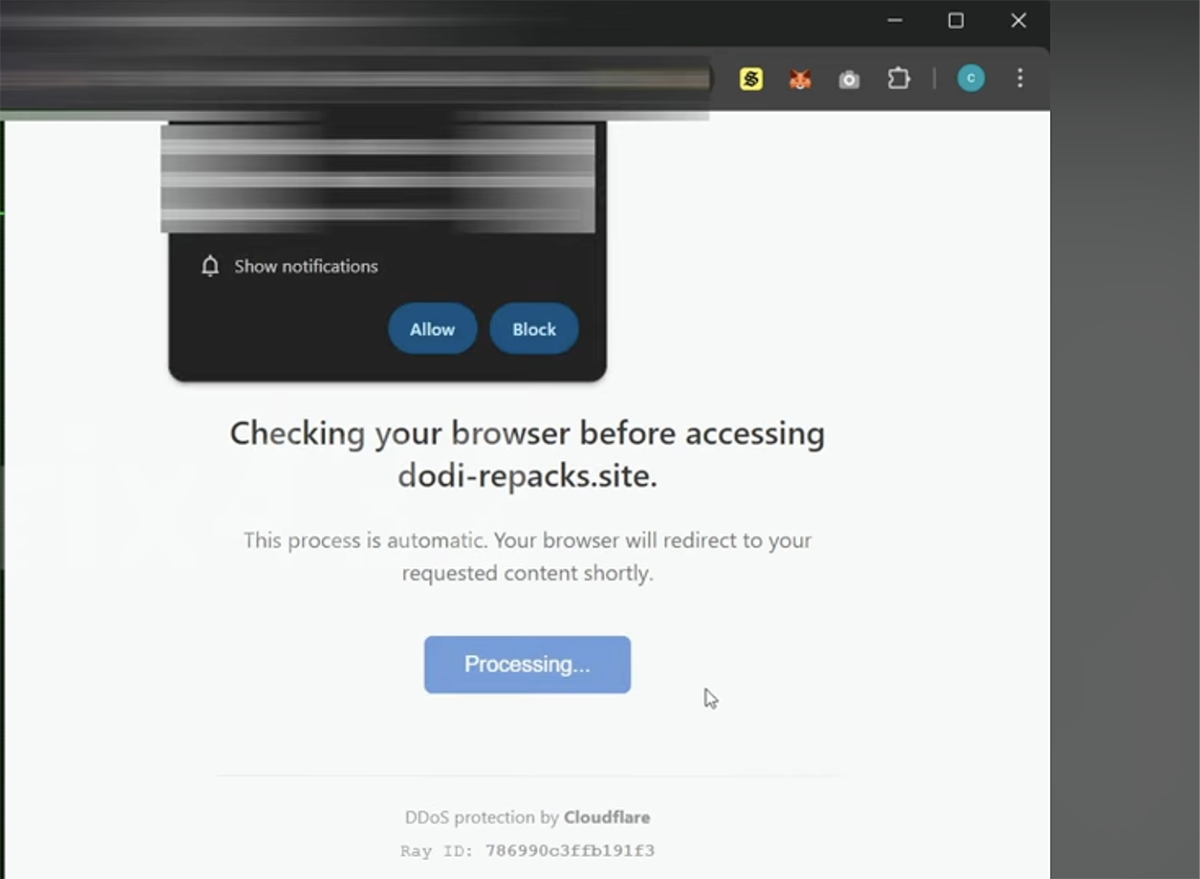A new breed of browser-based cyberattack is sweeping the threat landscape, as BlackFog researchers have uncovered.
Dubbed Matrix Push C2, this command-and-control framework arms cybercriminals with the means to launch fileless malware and phishing campaigns that exploit web browsers as their delivery vehicle.
By abusing browser push notifications a legitimate, built-in feature spanning Windows, Mac, Linux, and mobile devices Matrix Push C2 enables attackers to reach victims directly, bypassing many traditional security defenses.
Matrix Push C2 begins its assault with social engineering: victims are lured onto compromised or malicious websites and tricked into allowing browser notifications.
Once granted, this permission gives attackers a persistent communication channel to the victim’s browser, where they can push malicious messages at will.
These notifications mimic genuine system alerts and software warnings, leveraging trusted branding, familiar icons, and convincing language.
For example, a pop-up urging users to update Chrome “to avoid data loss” seamlessly leads to a Trojan downloader masquerading as a browser update.
Because the initial attack relies purely on browser notifications, no traditional malware file is required at first making it a classic fileless technique.
Users, seeing what appears to be a legitimate alert on their desktop or mobile device, may unwittingly click through to a phishing page or malware dropper controlled by the attacker.
Matrix Push C2 Command Center
The heart of Matrix Push C2 is a web-based dashboard that rivals mainstream marketing automation tools in sophistication but is tailored for malicious operations.

Here, attackers orchestrate campaigns, monitor infected browsers in real time, and fine-tune delivery tactics.
The platform’s campaign panel showcases metrics like “Total Clients” and notification delivery rates, reflecting full cross-platform reach: any browser, on any operating system, that subscribes to these notifications becomes a controlled endpoint.
Attackers can track which users receive notifications, interact with them, or click phishing links, and can even fingerprint browsers for cryptocurrency wallet extensions or device type.
Matrix Push C2 excels at social engineering, offering attackers an arsenal of themed notification templates mimicking major brands: MetaMask, Netflix, Cloudflare, PayPal, TikTok, and others.

These predesigned messages exploit user trust, for instance by impersonating a Cloudflare security check or a PayPal login alert.
Because messages appear in the same notification area as legitimate system or app alerts, victims are often fooled into thinking the threat is real and urgent.
Attackers using Matrix Push C2 benefit from robust analytics and a built-in URL shortener for malicious links.
This lets them disguise phishing and malware delivery URLs under innocuous-looking, shortened links evading filtering mechanisms and reducing suspicion.
The dashboard tracks every click, enabling real-time assessment of which tactics are most effective and which targets are most susceptible.
Mitigations
Matrix Push C2 marks a significant evolution in social engineering and browser exploitation. Because it operates via browser-native features, it sidesteps many endpoint protection solutions.
Once an attacker gains persistent notification access, they can escalate attacks, steal credentials, plant persistent malware, or even siphon cryptocurrency directly from browser wallets.
To defend against such attacks:
- Be wary of any web page that requests notification permissions especially those using urgent language or warning pop-ups.
- Avoid clicking on browser notifications that urge security action unless they originate from trusted sources and can be verified outside the browser.
- Security teams should consider browser notification policies and educate users about this new threat vector.
In the era of fileless, browser-driven attacks, scrutiny and cybersecurity awareness are paramount Matrix Push C2 is just the beginning of a dangerous new trend in cybercrime.
Follow us on Google News, LinkedIn, and X to Get Instant Updates and Set GBH as a Preferred Source in Google.
